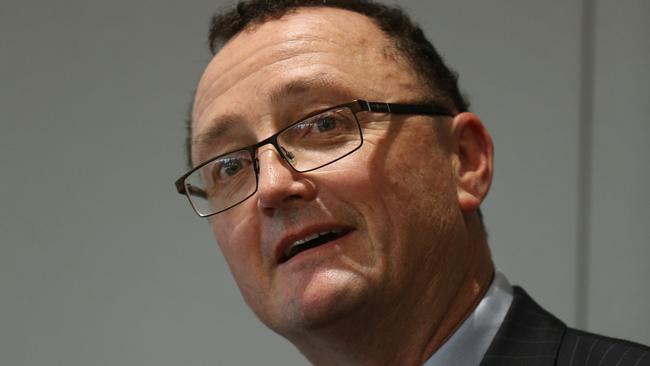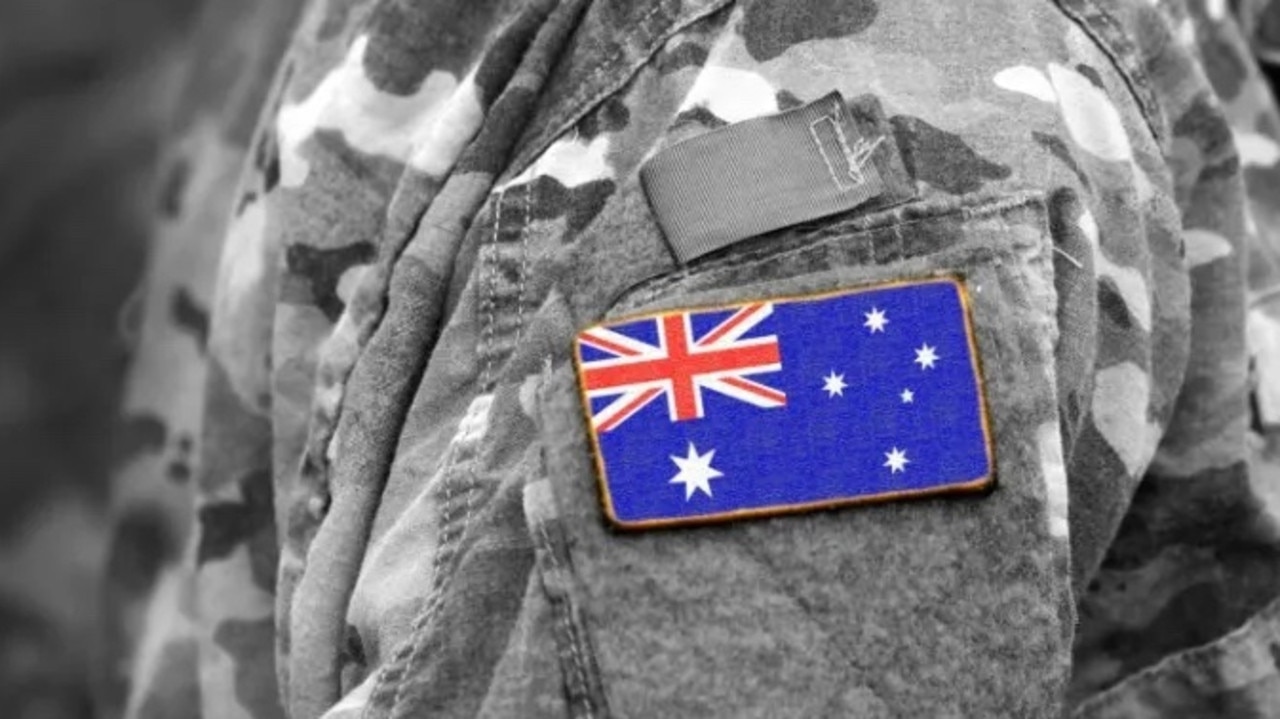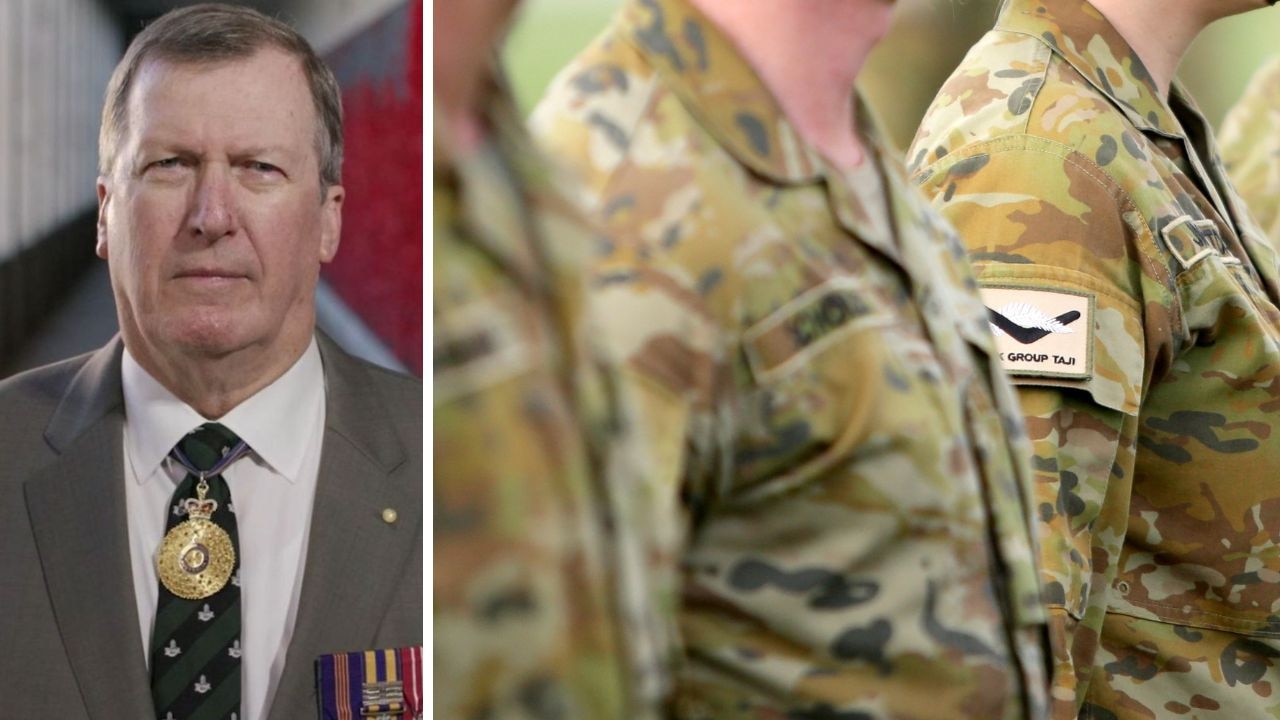Greater investment needed for more agile R&D
Defence research and development in Australia needs an injection of funds, a more nimble structure and greater collaboration between industry sectors so the nation can respond more effectively to rapidly unfolding global threats such as COVID-19.

Defence research and development in Australia needs an injection of funds, a more nimble structure and greater collaboration between industry sectors so the nation can respond more effectively to rapidly unfolding global threats such as COVID-19.
That’s the view of Michael Shoebridge, director of defence, strategy and national security at the Australian Strategic Policy Institute, who says that while the quality of Australia’s defence and scientific research is excellent, it is being compromised by a shrinking budget and slow-moving systems.
“In 2011–12, we allocated 2.4 per cent of our defence budget to R&D,” Mr Shoebridge said.
“While the defence budget has grown, the R&D proportion is budgeted to fall to 0.98 per cent by 2021.
“There’s a good defence innovation policy, but a good policy without funds doesn’t do as much as a policy with funds.
“I think a big effect of the COVID-19 pandemic will be to really highlight the need to invest more in R&D, not just in defence but into broader national R&D — with the CSIRO, for example.
“Some of it will have to go into biotech because it is pretty clear that the speed of propagation of biological agents is so rapid now in the connected world.”
Mr Shoebridge said the Department of Defence’s process for developing ideas, research, technologies and systems into operational service took years.
He likened it to a “slow-food movement” that did not always address short-term needs.
“What is possible — and what is needed for the rapidly moving technology the military needs to adopt, like artificial intelligence and unmanned systems, new materials and biotech — is a fast-food movement that grabs emergent science and technology and delivers rapid capability solutions,” he said.
“The US has its Defence Advanced Research Projects Agency, which does this, as well as generating breakthrough technologies that have wide application in and beyond the military.”
ASPI has argued that Australia needs a similar entity — an Australian advanced research projects agency — with an annual budget of about $300m sourced from Defence’s $38bn budget.
In February, DARPA announced it was funding efforts to create a therapeutic “shield” that could be mass-produced to provide temporary protection from diseases such as COVID-19 until a vaccine was developed.
–
‘Science and technology can help us solve pressing, emerging problems’
— Michael Shoebridge
–
It would work by identifying the specific monoclonal antibodies that the body naturally produced when it encountered a virus, then tricking the body into producing the one that guarded against a specific illness, acting as a shield against the virus.
DARPA launched its Pandemic Prevention Platform program two years ago with the goal of isolating and reproducing antibodies to deadly new viruses within 60 days. It enlisted researchers at Duke and Vanderbilt medical schools, as well as biotech firm AbCellera and pharmaceutical giant AstraZeneca.
Mr Shoebridge said Australian Defence’s current R&D processes could not be adapted to tackle rapidly evolving crises.
“It’s not possible to make Defence’s slow-food movement capability process run faster to meet this need,” he said.
“It simply isn’t designed to, and is not fit for this purpose. Defence’s set of industry and innovation programs do not meet this need, as at best they all feed into the big, slow capability development process. If we had an AARPA, that’s exactly the kind of rapid production of solutions that could be used to produce stuff such as ventilators in a crisis like we’re in now, because it would have the relationships between the scientific community, the engineering community and the manufacturers.
“It’s (the virus threat) too fast-moving to not be in that race. Science and technology can help us solve pressing, emerging problems and we see that now with the rapidly increasing understanding of COVID-19 and how it can be managed and eventually defeated.”
In recent years, the federal government’s Defence, Science and Technology Group has focused on nine key areas of innovation, driven by the body’s Next Generation Technologies Fund.
Those priorities have included integrated intelligence, surveillance and reconnaissance, trusted autonomous systems and medical countermeasure products.

RMIT University director of defence Michelle Gee said dealing with pandemics and disease was a major part of developing medical countermeasures that might be prioritised as a result of COVID-19 in addition to research into drones and protective wear that could safeguard defence personnel.
“The medical countermeasures have always been a strong focus of Defence, and I can imagine that there maybe a rejigging of some of the areas to help address issues like this,” Professor Gee said.
“Putting sensors on to autonomous equipment like drones has also been an important focus for Defence. Being able to put a drone at risk rather than a person is an important step forward. There’s also a lot of R&D going into improvements to protective wear that might incorporate sensors into the fabric.
“At RMIT there’s a lot of work going on in automation, the development of unmanned vehicles, the medical side of things, protective wear, textile sensors, remote positioning and navigation.”
Professor Gee shared Shoebridge’s concerns about future funding of defence research in Australia, but she believed the pandemic would lead to a greater appreciation of the need for more and faster defence capabilities.
“People will see the benefit of putting money into defence,” she said. “They (military personnel) were rolled out at the beginning of the year with the bushfires, and now with the COVID-19 virus they’re being rolled out again.
“It’s the biggest deployment of the ADF in our lifetime. It shows the benefit of having defence forces and what they’re really for. They are defending us against a virus.
“I think people will start to realise that.”
Len Sciacca, enterprise professor of defence technologies at the University of Melbourne, said the Department of Defence had great research capability in its complex planning for conflicts and in response to disasters.
However, he highlighted the need for Australia’s defence and security sector to work with aligned industries to form a national approach to dealing with crises such as the coronavirus.
“COVID-19 highlights the need for forward planning in national resilience to incidents and events,” Professor Sciacca said.
“The national security council would benefit from advice from Australia’s Chief Scientist, DST, CSIRO and academics on potential gaps, and prioritise plans and activities that help build national resilience.
“Bringing that capability together with other research agencies and organisations, including universities, to work through the implications of events, their influence on society and the possible mechanisms to build resilience in the national system is an opportunity.”
Professor Sciacca said legal and ethical thought leaders should be part of the engagement.
“Defence research also forms the basis for understanding how technology can be integrated with society through distributed sensors, command and control structures that can be stressed, and how humans behave in stressful environments and circumstances, including decision-making in complex environments.”


